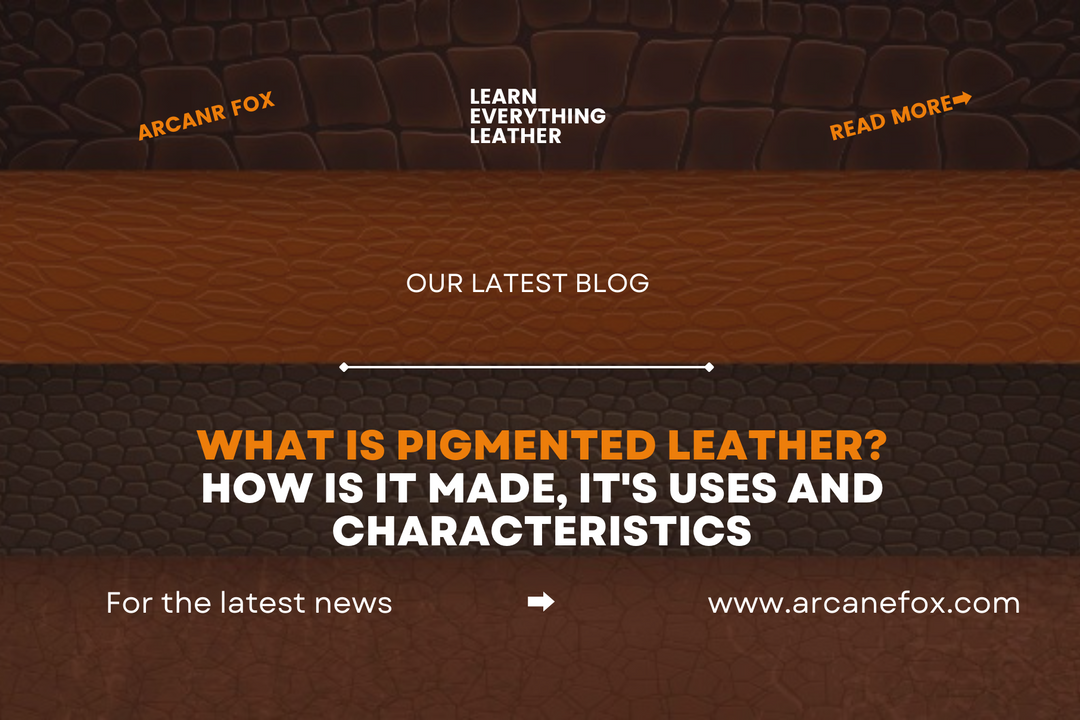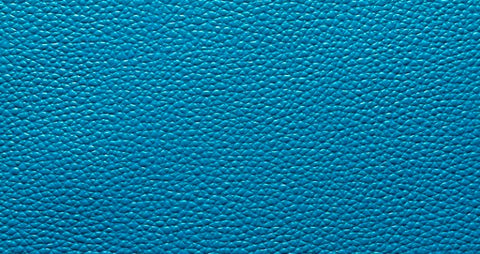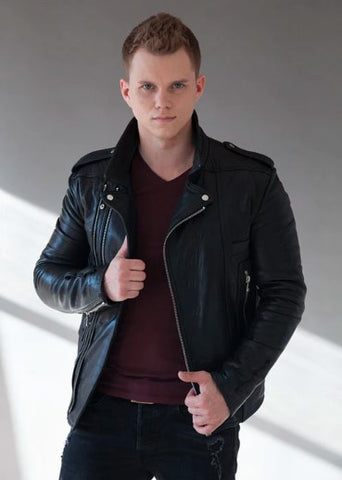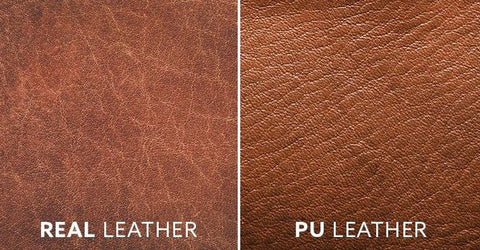What is Pigmented Leather? How is it Made, It's uses and characteristics

What is Pigmented Leather? How is it Made, It's uses and characteristics
There are many different types of leather and fabrics in the universe that are utilize in clothes, accessories, and appliances. With technical breakthroughs making it simpler to produce newer advanced materials, the leather industry is always changing.
One of the products create through various dyeing and tanning procedures is pigment leather.
What to Expect in This Blog?
You can look forward to learning more about pigmented leather in this blog. Everything is cover, including its definition, the production method, special qualities, uses, and even a comparison with PU leather. You'll discover the various uses for pigmented leather as well as how to distinguish it from other types of leather. The site offers insights on the quality and usefulness of pigmented leather for everyday usage, serving as a thorough resource for anybody interested in learning about and working with this material.
1. Definition of Pigmented Leather

The terms dyed, protected, and semi-aniline natural leather are all variations of pigmented leather. Contrary to popular belief, not all of these animal hides are made in the same manner. It makes sense why colored leather is known by a variety of names, including those I've given.
Pigmented leather is aniline leather with a top, pigmented dyed layer, if you go back to the beginnings of this material. To provide the rough material of animal origin extra protective and water-repellent features, finishing and coloring of the outer layer are important steps. These leathers are simpler to maintain. Because of this, coloured leather is smooth and velvety to the touch.
2. What Pigmented Leather Really Is?
This type of leather, also known as Protected Leather, contains pigment particles that completely alter the leather surface and give it an impenetrable gloss. These types of finishing make the natural grains almost undetectable. The good news is that this type of finish has excellent durability. An excellent option for people who are willing to give up the genuine appearance and feel of leather.
3. How Pigmented Leather Is Made?

Pigmented leather is a special type of leather finish that is known by several other names, including protected leather, fully protected leather, and rectified leather. Typically, top-grain leather rather than full-grain leather is use at the beginning of the colored leather manufacturing process.
Due to the high degree of care it receives, pigmented leather is durable. The scars and flaws in the hides go away during buffing, allowing the makers to finish applying the color layer.
The technique involves a lot of polishing to remove any and all flaws from the leather's surface. Here comes the fun part. The leather gets a spray before being buff, which has several benefits:
- Coloring
- Sealing
- Protecting
The leather acquires a uniform and even sheen and gains the superpower of being incredibly stain resistant. The material is then emboss for texture, giving us a product that is water-resistant and useful.
The finish is what you actually see anytime you look at colored or corrected leather, which is where the magic lies.
4. Characteristics of Pigmented Leather
According to the characteristics that leather has either before or after treatment, we have split it into the following sections:
4.1 Vigorous Color
For the uniform color that pigmented leather displays across the entire hide, we may thank the spray dye. You may flaunt your pigmented leather jacket for years to come because the color won't deteriorate with time.
4.2 Hassle-Free
Genuine original leather requires a lot of upkeep. The job has been made somewhat simpler by pigmented leather hassle-free maintenance. The crucial component in making the hide maintenance-free is the barrier of protection that sits on top. Moreover, cleaning the upholstery is simple and straightforward!
4.3 Waterproof and Resistant
Pigmented leather can no longer be gone into by water vapors when it has a surface protective covering and is smooth. This produces a surface that is not only water-resistant but also stain-free.
4.4 Easy on the pocket
Invest in pigmented leather to realize all of your fantasies of having a leather accessory and customize it without burning a hole in your wallet. Pigmented leather, a less expensive option to pricey leather, loses its pricey appeal as a result of the polish of the hide.
5. Uses of pigmented leather

Pigmented leather is frequently use for furniture upholstery due to its high quality, lovely smooth texture, softness, durability, and affordability. This material is also use by numerous auto interior manufacturers. The firm polymer surface with coloring pigments accounts for its resilience.
This type of treatment works well to control the characteristics of pigmented leather, which makes it less resistant to fading and scratch. Keep in mind that natural pigmented leather can only be 0.15 mm thick at its thickest point.
6. What is full-grain pigmented leather?
Various leather varieties are pigment. Full-grain pigmented leather is one such sub-type; it is left unfinished prior to the application of the unique surface coating. Typically, this leather is pre-polished before colors and dyes are put on it. Only then are a few coats of opaque paint put on the surface.
Top-grain pigmented leather cannot compare to full-grain pigmented leather in terms of quality. It is more durable against surface scrapes. This kind of leather is popular among shoemakers for creating beautiful shoes in a variety of colors. This material may be kept in pristine condition relatively easily. It is also one of the strongest leather varieties.
When selecting full-grain pigmented leather for shoes, look for a material with a rich color and a smooth finish. Although this sort of pigmented leather does not breathe as well as aniline, everyday maintenance is straightforward. The natural characteristics of this material are still present even though they are not as evident. Such leather is regard as being stronger and more wear-resistant.
While top-grain pigmented leather is merely correct grain leather, full-grain pigmented leather has no surface modifications. Just before coating, it is sand. The same appearance and feel as full-grain pigmented type can be achieve by emboss a grain sample into pigmented leather with the rectified grain structure.
7. What is the difference between natural pigmented leather and PU leather?

The distinction between furniture upholstery made of PU leather and naturally pigmented materials is obvious. For instance, PU leather sofas are less resilient and more prone to tears and scratches. The sofas made of natural materials, on the other hand, are more adaptable and comfortable to use. Additionally, the faux leather lacks a natural appearance. For many customers, though, the cheaper price is more advantageous.
A transparent top layer or specific pigment known as a dye is put on to naturally pigmented leather. The leather looks less natural because the pigments give the material a lovely sparkling color. Natural animal hides' hues guarantee durability. The colors also cover up organic stains.
Artificial leather is made by chemical treating a cloth foundation with wax, dye, or polyurethane to create different colors and textures. PU is the most popular type of faux leather. This leather-like substance is made of plastic. It can be paint any color and is lighter than genuine leather.
8. How to check the natural pigmented leather:?
- Examine the labels. The simplest approach to identify the type of leather is to look at the product label, despite the fact that this may seem obvious. On the label, look for the genuine leather sign.
- Examine the product's seams and edges. Examine the margins of the upholstery on your clothing or furnishings. PU leather will have flawless seams and edges.
- Examine the pores. Look closely at the pores while purchasing leather products. While genuine leather has variable pores, artificial leather will have nearly flawless pores throughout the substance.
- Take it. Natural pigmented leather can be either rough or smooth, or it might be in the middle. Additionally flexible and silky, genuine leather. If the texture is overly smooth, it probably isn't real leather. Genuine leather develops softer and nicer over time, which makes it more comfortable.
- Artificial leather tends to stretch more than genuine leather. In order to resist wear, natural leather also has a texture that is both supple and tough. Many natural leather goods also go through processing to avoid discoloration.
9. How to clean pigmented leather?

Pigmented leather products, as I have already indicated, are incredibly simple to keep clean and in perfect shape. I want you to appear better at the seams and areas where there was a lot of friction because those areas are where paint can be readily remove.
Maintain in particular the thin, soft-to-the-touch, pigmented leather products. Use the specific care creams only. Keep in mind, however, that leather products with natural piles should never have such treatments on them without a protective covering. If the product has a smooth leather structure, any flaws can be eliminated with a foam made of soap. Alternatively, use a damp towel that isn't overly wet.
10. Conclusion
Pigmented leather is a durable type of leather that is use in many products such as custom leather jackets, sofas, couches, belts, wallets, and automotive seats. The leather is simple to keep because of the topcoat coloring. Also, it is scratch- and fade-resistant.
Learn more about leather here Leather 101 - The Ultimate Guide to Different Types of Leather
Related Topics
What is Aniline Leather? Types of Aniline, Characteristics, And More
What is Semi-Aniline Leather? History, Characteristics, And More
What is Burnished Leather? & Why Should It’s Be Your Top Choice
What is Antique Leather? & Why it is So Popular
What is Bicast Leather? Myths, Facts, and Benefits
What is Embossed Leather? & How to Use This Process
What is Embroidery Leather? & What to Look for In Leather Embroidery?
What is Faux Leather? It’s Quality & Durability Against Other Leather!
What is Nappa Leather? Quality, Characteristics, and Maintenance
What is Nubuck Leather? & How is it Different From Suede Leather





